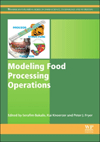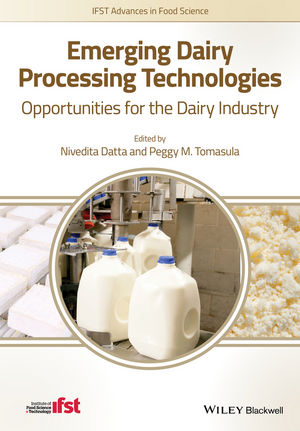Organic-Conventional Price Differential Shifts

DECORAH, Iowa-With milk prices at a record high, organic dairy producers such as Dan and Bonnie Beard might feel like their business has curdled.
That's because the Beards and other organic milk producers are receiving less money-a little more than 6 percent less-for their organically certified milk these days than conventional dairy farmers are receiving for their milk.
But the Decorah, Iowa, couple does not begrudge their conventional counterparts a chance to make some money. "Those folks need a higher price," said Dan Beard. "Conventional milk prices have been down for a long time."
Last year, members of the Organic Valley Family of Farms cooperative, including dairy producers, were paid 60 percent more than conventional farmers, the co-op said.
The Beards, as members of Organic Valley, are being paid $18.45 a hundredweight (about 12 gallons) for their milk, or about $1.53; conventional farmers are receiving about $19.66, or about $1.60 per gallon.
Greg Welsh, marketing coordinator for Organic Valley Farms, the nation's largest organic farmers cooperative, said this is the second time conventional milk prices have surpassed organic prices.
Despite the higher price for conventional milk, Welsh said, Organic Valley dairy producers such as the Beards have remained loyal, selling their organic milk to the cooperative even though some non-organic dairy processors are offering $2 a hundredweight more than Organic Valley.
"It hasn't hurt our milk procurement at all," Welsh said. "We have expectations of growing memberships by 25 to 30 percent a year, and it doesn't look like we are going to fall anywhere short of that this year. ... Record numbers of farmers are making the transition to organic."
Chris Galen, a spokesman for the National Milk Producers Association in Arlington, Va., said conventional dairy prices crashed at the end of 2001, stayed low for most of 2002 and dropped further last year to their lowest level since 1978. When 2003 milk prices were adjusted for inflation, Galen said, they were the lowest ever.
The number of milk cows in the nation dropped from 9.1 million in January 2003 to about 8.9 million a year later, he said. That was the first time the U.S. milk cow herd dropped below 9 million heads in five years.
Dairy farmers are paying much more for their feed than they were a year ago because of sharply higher corn and soybean prices, Galen said.
"The cost of making milk has gone up, too," he said. "The record prices don't necessarily mean happy days are here again. It's going to take more than a few months of record prices to make dairy producers whole again."
Since the Beards joined Organic Valley last year, they have been satisfied with the co-op's milk prices. "We could pay our bills, and we are doing something we believe in," said Bonnie Beard, 44.
Looking for a reprint of this article?
From high-res PDFs to custom plaques, order your copy today!





